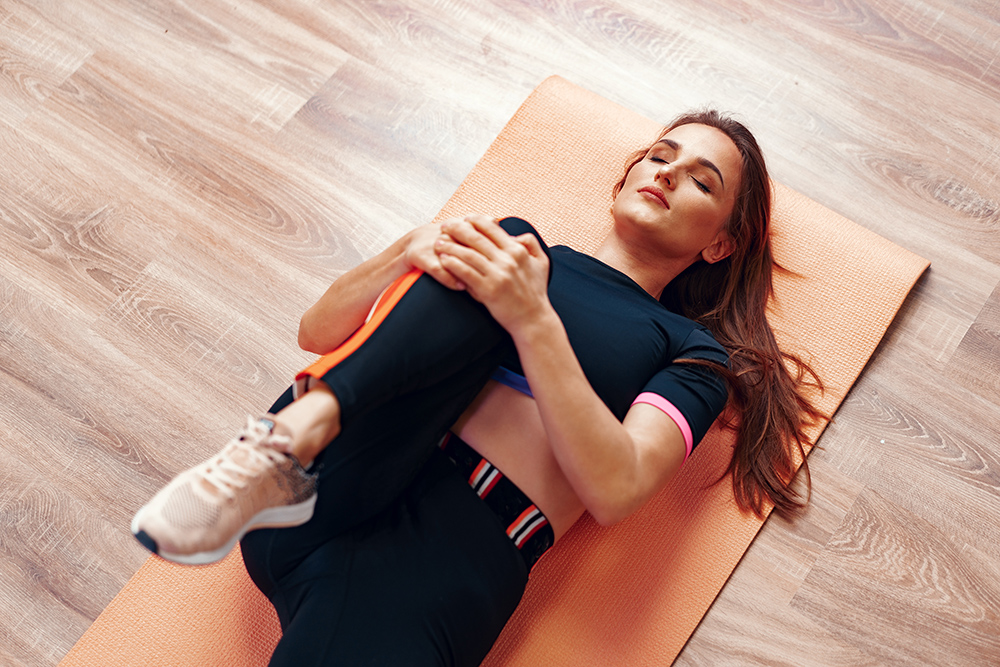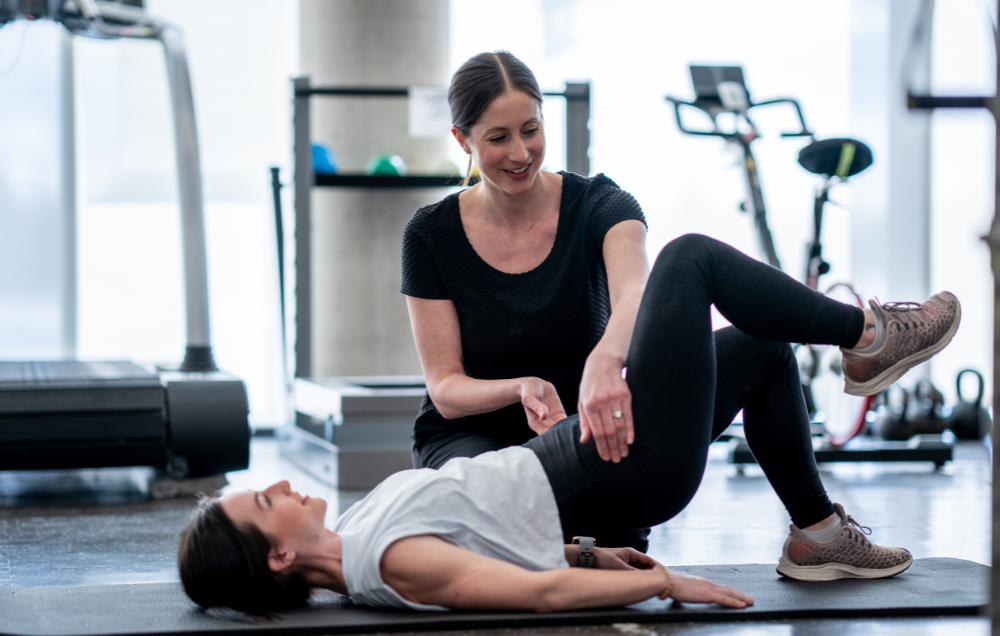Contents
Pelvic floor disorder (PFD) is a condition in which weaknesses in the pelvic region lead to trouble with the bladder and bowels. It can also lead to muscle weakness in nearby areas of the body, like the back or the abdomen. Pelvic floor disorder can cause enough discomfort that it disrupts daily life.
It’s estimated that out of every 3 women, at least 1 will experience pelvic floor disorder. It doesn’t just affect women, though. Men can be affected by pelvic floor issues as well. Fortunately, the symptoms of this disorder can be effectively managed with treatment, like physical therapy. Take a look at the sections below to learn more about pelvic floor symptoms, what issues may necessitate pelvic floor therapy, and what there is to know about this type of therapy.
What are some of the symptoms of pelvic floor disorder?
PFD can manifest in a few ways. Some of the symptoms of this disorder include trouble controlling the bladder, trouble controlling the bowels, and even pelvic organ prolapse. Other symptoms include constipation and needing to use the restroom frequently. The symptoms of PFD occur frequently and may even occur several times a day. If these symptoms sound like something you’re currently dealing with, don’t hesitate to reach out to a professional, like a physical therapist, who can help.
What are some of the basic pieces of information that everyone should know about pelvic floor physical therapy?
Physical therapy can help treat a variety of physical health conditions, including pelvic floor disorder. If you’ve struggled to manage your PFD, you should consider therapy to treat it. Here’s what to know about pelvic floor therapy:
- It strengthens the pelvic floor muscles — Physical therapy can help strengthen the muscles in the pelvis, enabling a person to gain more control over their pelvic floor.
- It supports the pelvic organs — Physical therapy exercises can be used not to only strengthen the muscles in the pelvis, but also to support the organs that are contained within the pelvis.
- It may help relieve pain in other regions — Using pelvic floor therapy to treat your pelvic floor therapy can actually help relieve pain associated with PFD that may be felt in regions like the lower back and abdomen. Strengthening the muscles in the pelvis can better support the back and abdomen and potentially relieve pain or discomfort felt in those regions.
- It may improve urinary and bowel function — Another benefit of pelvic floor therapy is that it can improve issues with bowel function and urinary incontinence as the muscles in the pelvis are strengthened.
What conditions or causes may necessitate pelvic floor physical therapy?
There are a few conditions and factors that can contribute to pelvic floor dysfunction. Each of these is not guaranteed to lead to PFD but can increase your risk:
- Pregnancy — One of the most common causes of pelvic floor disorder is pregnancy. Not all pregnant women experience PFD, but a significant number do. One study found that 41% of women had one or more symptoms of this disorder throughout their pregnancy. The symptoms that may present themselves during pregnancy can make daily activities difficult to complete. When symptoms reach this level of disruption, it’s important to seek out pelvic floor therapy from an experienced physical therapist.
- Pelvic injuries — Those who have injured their pelvis in the past, like in a car accident for example, are more likely to find themselves dealing with PFD. When their symptoms become frequent and interfere with daily activities, pelvic floor physical therapy becomes necessary.
- Old age — PDF can occur in men and women of all ages. However, it may be more likely to show up in older adults. If you’re an older adult who experiences difficulty using the restroom or uses the restroom too much, it’s time to visit with a physical therapist for treatment.
Let Lattimore PT help you get the right physical therapy care for your pelvic floor disorder
Lattimore Physical Therapy & Sports Rehabilitation Network first got its start in 1992. John and Cindy Shuman, husband and wife, first launched their own physical therapy practice with the aim to improve the quality of life of each member of their community. Since 1992, Lattimore PT has opened nearly 30 locations across New York.
Our team of talented physical therapists spread across the state is dedicated to understanding the treatment that works best for you. We specialize in taking a hands-on, interactive approach with each of our patients to provide them with the best care possible. We love to see our patients thrive, which is why we’ll do as much as we can to help get them to that point. The physical therapists at each of our Lattimore locations take pride in their work and do their best to come to the clinic each day with a smiling face. We aim to make each physical therapy session enjoyable yet productive. The ultimate mark of success, to us, is a patient who feels positively impacted by our work. Are you ready to experience “the Lattimore way”?
Are you feeling tired of dealing with the symptoms of pelvic floor disorder? Pelvic floor disorder shouldn’t be a fact of life and is treatable with the right physical therapy care. Our team of physical therapy experts can provide you with the professional care you need to improve your PFD symptoms and improve the quality of your life.
Contact our team today for more information or to schedule an initial appointment.



